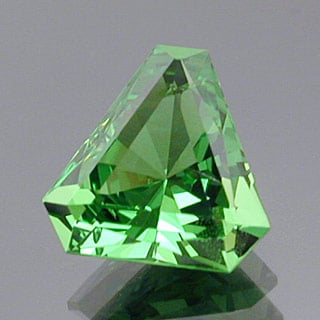Why Choose a Barion Cut?
Gem faceters must consider factors like brilliance, color, and faceting yield before choosing a cut style. Learn what a Barion cut can bring to a gemstone.
HomeLearning CenterJewelry and LapidaryQuestions About Lapidary and Jewelry MakingWhy Choose a Barion Cut?
Related Articles
What is the Best Synthetic Corundum?
There are many ways to grow ruby and sapphire in a lab. However, determining the best synthetic corundum for faceting...
Read More
Gemstone Orientation for Beginners
Choosing the best gemstone orientation for your rough takes skill and experience. Learn what factors you should take into account...
Read More
How Should A Gemstone Contact A Faceting Machine Lap?
Is a flat lap to dop swing really necessary? Learn how a gemstone should contact a faceting machine lap and...
Read More
Gem Cutting Machine Recommendations
What's the best gem cutting machine for novices? Read about some popular models and learn the importance of finding the...
Read More
Latest Articles
800 Years of Mogok: A Celebration in Tenuous Times
As Mogok, Myanmar prepares to celebrate its 800th anniversary, the inhabitants of this prolific gem producing region face an uncertain...
Read More
What is the Average Gemstone Faceting Yield?
What’s the average gemstone faceting yield from a single piece of rough? Learn how to estimate how much material you’ll...
Read More
Pyroxmangite Value, Price, and Jewelry Information
Pyroxmangite grains are rare, seldom clean enough to facet, and difficult to cut. However, when cut, they are extremely beautiful...
Read More
How to Identify Emerald Simulants and Synthetics
Gemologists can separate natural emeralds from emerald simulants and synthetics. Learn about the most common tools and techniques for this....
Read More
Never Stop Learning
When you join the IGS community, you get trusted diamond & gemstone information when you need it.
Get Gemology Insights
Get started with the International Gem Society’s free guide to gemstone identification. Join our weekly newsletter & get a free copy of the Gem ID Checklist!
